What You All Need to Know About the Types of Bone Marrow Transplants
What is BMT?
A BMT, commonly known as a bone marrow transplant, is an operation that uses stem cells to replace bone marrow that is unable to produce enough healthy blood cells. It is a substitute for bone marrow, which is incapable of making enough healthy blood cells. It is another name for a stem cell transplant. If there is a stoppage in the functioning of the bone marrow, then one may require a bone marrow transplant since enough healthy blood cells cannot be produced by it. Donors can either include cells from one’s body (known as autologous transplants) or those from elsewhere (called allogeneic transplants).
Bone marrow transplant (BMT) is an exceptional treatment for individuals suffering from certain types of cancer or other ailments. A typical bone marrow transplant consists of taking cells from the bone marrow (known as stem cells), filtering them, and then returning them either to the donor (patient) or giving them to another individual. BMT aims at transfusing healthy bone marrow cells into a person whose own sickly ones have been destroyed through a process that involves killing the diseased cells. Since 1968, the practice of bone marrow transplantation has been successfully applied to curing diseases like leukemia, lymphoma, aplastic anemia, and immune deficiencies, among others.
What is Bone Marrow, and How Many Types of Bone Marrow are There?
Bone marrow, a soft, spongy tissue found in the medullary cavities of bones, is crucial for the body as it contains stem cells responsible for producing blood and immune system cells. Bone marrow is divided into two main types: red bone marrow, which produces blood cells and is found in flat bones such as the pelvis, sternum, ribs, and skull; and yellow bone marrow, which plays a role in storing fat and is mainly made up of fat cells and mesenchymal stem cells. These types are present in the hollow centers of long bones like the femur and humerus, where they contribute to the formation of red, white, and platelets.
Types of Bone Marrow Transplants
Based on different types of stem cells and their source, bone marrow transplants are categorized into the following types:
- Allogeneic bone marrow transplant: An allogeneic stem cell transplant is a medical procedure that involves using healthy blood stem cells taken from a donor in order to replace damaged or insufficient bone marrow. The donor of these cells could be a relative, friend, or even someone entirely unknown to you. Blood stem cells are harvested from the donor’s blood, the spongy bone material lining their hip bone (bone marrow), and umbilical cord blood donated by others. Before the actual transplantation occurs, high doses of chemotherapy or radiation are given with the aim of destroying any disease cells present and also making way for the transplant stem cells.
- Autologous bone marrow transplant: An autologous stem cell transplant, also referred to as an autologous bone marrow transplant, makes use of healthy blood stem cells from one’s own body to substitute for diseased bone marrow. This approach has benefits over donor-sourced stem cells; for instance, it eradicates anxieties about the incompatibility of donor and recipient cells. This is a potential alternative if the person’s body has enough healthy bone marrow cells that can be harvested, frozen, and preserved for later administration.
- Umbilical cord blood transplant: An umbilical cord contains stem cells, which are collected immediately after a baby is born. These adult cord blood stem cells grow into mature and functional red blood cells much faster and better than if one took them from the bone marrow of another child or adult. The necessary tests are performed on the stem cells before they are typed, counted, and stored for some future use in transplantation.
Bone Marrow Transplant Indications
The list of diseases treated by stem cells or bone marrow transplants includes:
- Leukemias (acute and chronic)
- Non-Hodgkin’s Lymphoma
- Multiple Myeloma
- Myelodysplastic Syndromes
- Hemoglobinopathies (e.g., sickle cell disease, thalassemia)
- Hodgkin’s Lymphoma
- Aplastic Anemia
- Bone Marrow Failure Syndromes
- Plasma cell disorders
- Immune Deficiencies
- Adrenoleukodystrophy
- Inborn Errors of Metabolism
- Neuroblastoma
- POEMS Syndrome
- Primary Amyloidosis
The goal of a bone marrow transplant is to cure many diseases and types of cancer that people suffer from. When the amounts of chemotherapy or radiation required to destroy cancer are so excessive that they would irreversibly harm or destroy one’s own stem cells in their bones, then it becomes necessary for such individuals to have a bone marrow transplant done on them. Bone marrow transplants might also become necessary where there is complete loss of function in the blood-producing tissue due to disease.
How Does a Bone Marrow Transplant Work?
Several steps are involved in the process of a bone marrow transplant, namely conditioning, stem cell collection, engraftment, and recovery. In the first stage, high-dose chemotherapy or radiation therapy is administered to eliminate any affected bone marrow cells in the patient’s body. Next, either some healthy stem cells extracted from the patient themselves or from some other donor are harvested. After this, these added stem cells get injected into the bloodstream of the patient and migrate to their own places in the patient’s own body, where they reside in bones. After that, these cells multiply successfully, leading to their production of new blood cells. It may take weeks or months for an individual’s immune system to recover too.
Bone Marrow Transplant for Cancer
Cancer is not directly treated using stem cell transplants as a matter of course; however, they do reinstate the capacity of the body to create new cells in the blood post-surgical intervention utilizing exceedingly high ranges of chemotherapy drugs and other modes of therapy like radiology, which aim at annihilating malignant tissues.
In the context of leukemia, stem cell transplantation can have direct anti-cancer effects. This is due to a phenomenon known as graft versus tumor or graft versus leukemia that may be observed after transplants involving stem cells from a donor. The expression occurs when the leukocytes contained in the donor’s graft attack any tumor cells still remaining within you (the tumor or leukemia). The success of a transplant is improved by this effect.
BMT acts as a “rescue” operation by reintroducing good stem cells into the body that are responsible for replacing the affected bone marrow. The BMT transplant role in cancer patients can be categorized into:
- Immune system’s regeneration: Sometimes some cancers may compromise immunity. Healthy immune cells capable of combating cells affected by carcinomas and preventing the re-appearance of these diseases could be added through BMT.
- Direct cancer cell attack: The transplanted immune cells could also directly invade and eradicate remaining tumors in increasing cases; such a phenomenon is called the graft-versus-tumor effect.
BMT Could Save You From Cancer! Don’t Wait.
Risks of a Bone Marrow Transplant
Some of the possible complications of a bone marrow transplant include:
- Graft-versus-host disease (GVHD)
- Anemia
- Graft failure, which means that the new cells do not settle into the body and start producing stem cells.
- Bleeding in the lungs, intestines, brain, and other areas of the body
- Organ damage
- Cataracts
- Clotting in the small veins of the liver
- Retarded growth in children
- Pain
- Inflammation and soreness in the mouth, throat, esophagus, and stomach, called mucositis
- Stomach problems, including diarrhea, nausea, and vomiting
- Early menopause and more
Recovery from the Bone Marrow Transplant
On average, patients can expect to wait around three months for bone marrow transplant recovery. A full recovery could even extend beyond a year. Several factors influence recovery, such as the condition treated, chemotherapy, radiation therapy, and donor compatibility. transplant location. Some post-transplant effects may persist for life.
Conclusion
The genetic match between donor and recipient greatly affects the success of a bone marrow transplant. Sometimes, it can be very challenging to find a suitable match among unrelated donors. However, the Bone Marrow Transplant Centre in Yashoda Hospitals offers the best hematologists and bone marrow transplant specialists in Hyderabad. The center features advanced facilities, a state-of-the-art cell processing laboratory, and a team of skilled doctors who follow novel therapeutic approaches for improved treatment.
The Bone Marrow and Stem Cell Transplant Center at Yashoda Cancer Institute is dedicated to advancing hematopoietic stem cell transplant procedures.
The Yashoda Hospitals Bone Marrow & Stem Cell Transplant Center has successfully completed over 100 bone marrow transplants, including autologous and allogeneic transplants, and performed the first-ever haploidentical transplantation in Telangana and Andhra Pradesh.
References:
- BMT introduction:
https://www.cancer.org/cancer/managing-cancer/treatment-types/stem-cell-transplant/wy-stem-cell-transplants-are-used.html - Types of BMT: https://www.mayoclinic.org/tests-procedures/bone-marrow-transplant/about/pac-20384854
- BMT indications: https://www.hopkinsmedicine.org/health/treatment-tests-and-therapies/bone-marrow-transplantation
- Risks: https://medlineplus.gov/ency/article/003009.htm
- Recovery: https://www.webmd.com/cancer/multiple-myeloma/bone-marrow-transplants

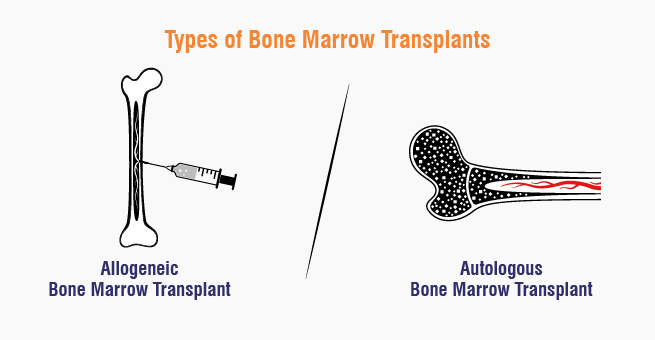


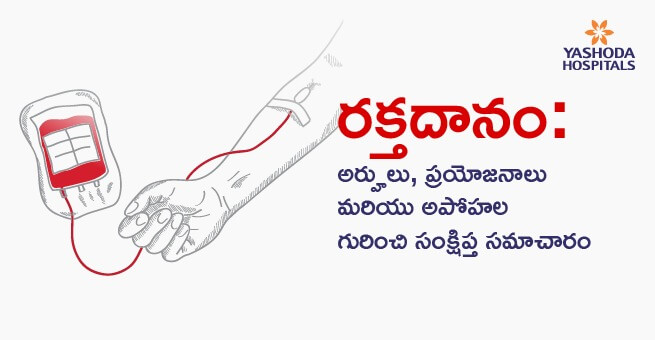

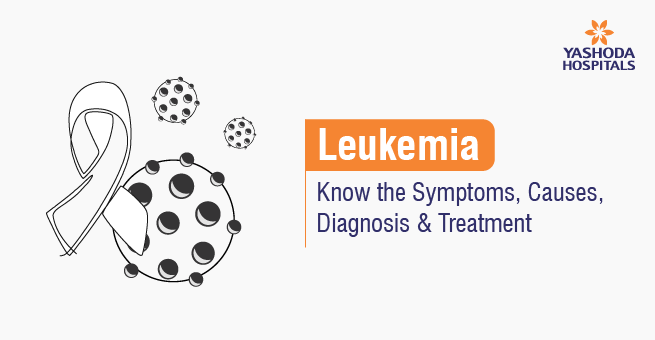
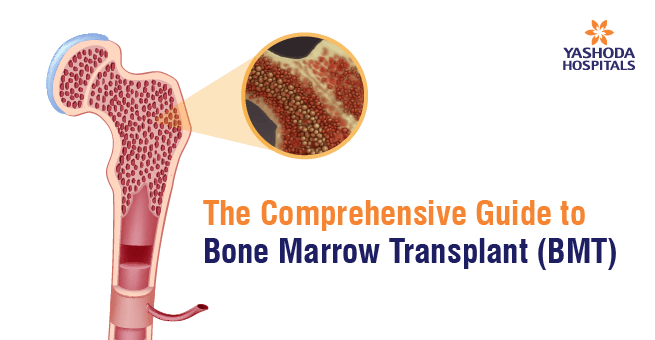
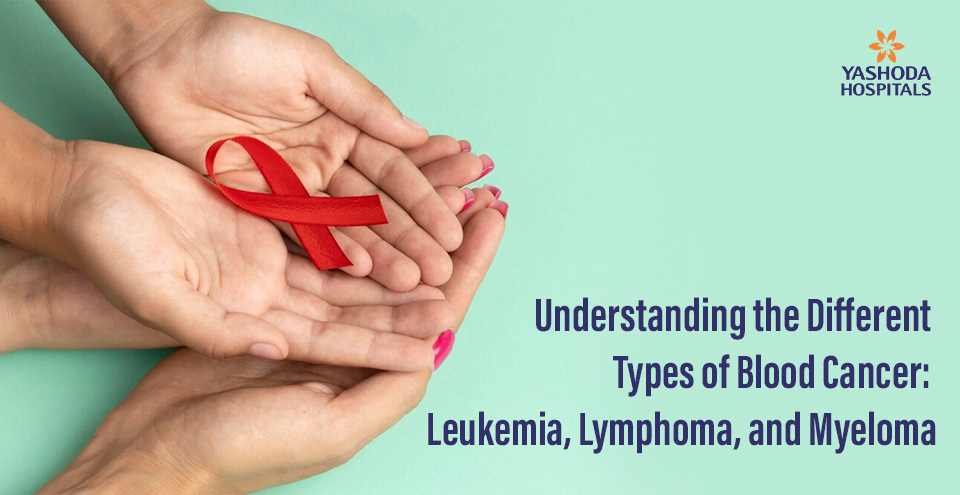
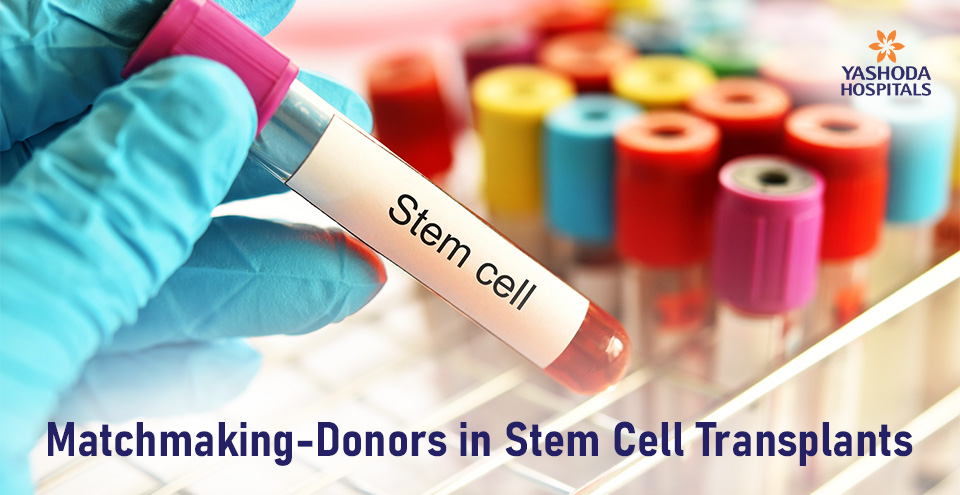





 Appointment
Appointment WhatsApp
WhatsApp Call
Call More
More

